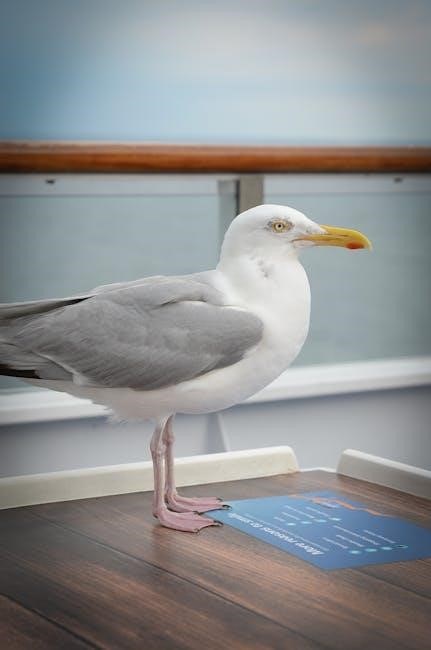Discover the joy of birdwatching by creating your own bird feeder with free PDF plans․ Easy-to-follow designs and materials lists make DIY projects fun and rewarding for all skill levels;
Overview of Bird Feeders
Bird feeders are essential for attracting various bird species to your backyard, offering a convenient way to provide food and enjoy nature․ Available in diverse styles, such as platform, hopper, and window-mounted designs, they cater to different bird preferences and feeding habits․ Easy to build using free PDF plans, these feeders are perfect for DIY enthusiasts of all skill levels․ With detailed instructions and material lists, constructing a feeder becomes a fun and rewarding project․ Whether simple or complex, bird feeders bring life and beauty to outdoor spaces while supporting local wildlife․
Importance of Using Free Plans
Free bird feeder plans provide an affordable and accessible way to create a feeder, making DIY projects achievable for everyone․ These plans typically include detailed instructions, material lists, and cutting details, ensuring a smooth building process․ Perfect for DIY enthusiasts of all skill levels, they offer cost savings and flexibility․ Many free plans are customizable, allowing users to adapt designs to their needs or available materials․ By using free plans, you can enjoy the satisfaction of building a feeder while attracting birds to your backyard, all without financial strain․
Benefits of DIY Bird Feeders
Building bird feeders using free PDF plans offers numerous benefits․ DIY projects are cost-effective, allowing you to create a feeder tailored to your yard’s needs․ They encourage creativity and customization, letting you choose materials and designs that suit your preferences․ DIY feeders also provide an educational and fun activity for families, teaching kids about woodworking and wildlife․ Additionally, homemade feeders can attract a variety of bird species, enhancing your birdwatching experience; With free plans, you can enjoy the satisfaction of creating something functional and environmentally friendly, all while supporting local bird populations year-round․
Types of Bird Feeders
Explore popular bird feeder types, including platform, hopper, suet, and window-mounted designs, each offering unique features to attract various bird species to your backyard․
Platform Bird Feeders
Platform bird feeders are simple, flat structures that offer birds easy access to seed; They are often made from wood or recycled materials like old plywood․ These feeders are great for attracting ground-dwelling birds and can be mounted on posts or railings․ Their open design makes them easy to clean and maintain․ Platform feeders are ideal for beginners, as they require minimal materials and tools․ They are also versatile, allowing you to place them in various locations around your yard to maximize bird visibility and enjoyment․
Hopper Bird Feeders
Hopper bird feeders feature a container to hold seed, a feeding tray, and a roof for weather protection․ They are designed to dispense seed as birds eat, making them efficient and long-lasting․ These feeders are ideal for attracting a variety of bird species and can hold large quantities of seed, reducing the need for frequent refills․ Their enclosed design protects seed from moisture, ensuring it stays fresh․ Hopper feeders are easy to build using free PDF plans, making them a popular choice for DIY enthusiasts․ They are durable, easy to maintain, and provide year-round feeding for birds․
Suet Bird Feeders
Suet bird feeders are specifically designed to offer high-energy suet to birds, especially during cold weather․ These feeders typically have a simple design, often using scrap wood, and can be built using free PDF plans․ They usually feature a small enclosure with a roof and a front that allows birds to access the suet․ Suet feeders attract woodpeckers, nuthatches, and chickadees․ They are easy to construct and require minimal materials, making them a great project for beginners․ Regular maintenance ensures the suet stays fresh and free from mold․
Window-Mounted Bird Feeders
Window-mounted bird feeders are a fantastic way to enjoy birdwatching from the comfort of your home․ These feeders are easy to build using free PDF plans and typically feature a simple tray design․ They attach directly to your window using suction cups, providing a clear view of visiting birds․ Made from materials like wood or recycled plastic, they are perfect for small spaces․ Fill them with seeds or suet, and they become a magnet for various bird species․ Their compact design makes them easy to clean and maintain, ensuring a delightful bird-watching experience year-round․
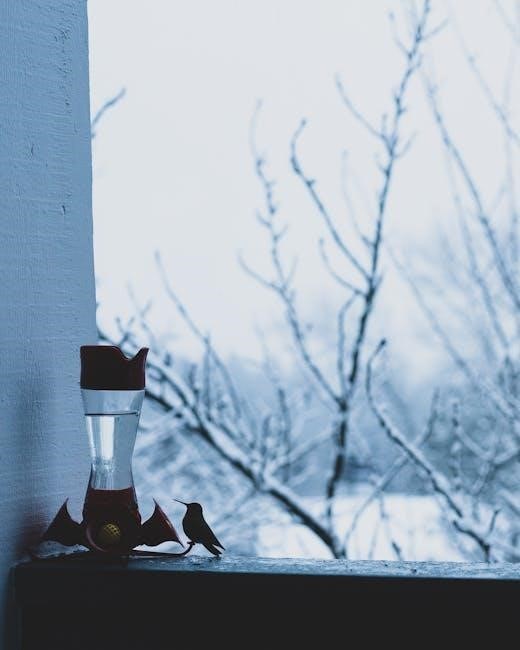
Materials and Tools Needed
Lumber like cedar, pine, or redwood is ideal for durability․ Essential hardware includes screws, nails, and hinges․ Tools needed are saws, drills, and sanders․ Use glue and waterproof sealants for weather resistance․
Lumber and Wood Types
Choose durable, weather-resistant woods like cedar, pine, or redwood for outdoor bird feeders․ Cedar is naturally rot-resistant and aromatic, deterring pests․ Pine is budget-friendly and easy to work with, while redwood offers a rustic appeal․ For a modern look, consider birch or maple․ Always opt for untreated wood to ensure bird safety․ If using pressure-treated lumber, seal it thoroughly․ Properly drying and sealing the wood ensures longevity and protects against moisture damage, making your bird feeder durable and safe for wildlife․
Hardware Requirements
Gather essential hardware for your bird feeder project․ Use stainless steel or galvanized screws and nails to withstand outdoor conditions․ Add a hanger or chain for easy mounting․ Install small hooks or eye screws for hanging․ Consider waterproof glue and sealants to protect against moisture․ For hoppers, include feeding trays and gravity-fed mechanisms․ Ensure all hardware is rust-resistant to maintain durability and safety for the birds․ Proper hardware ensures a sturdy and functional feeder, attracting birds to your backyard oasis․
Essential Tools for Building
Start your project with basic woodworking tools․ A circular saw or hand saw is needed for cutting lumber․ Use a drill for making holes and a sander to smooth edges․ A hammer and measuring tape are must-haves for assembly․ Include clamps to hold pieces steady while gluing․ Safety gear like gloves and protective eyewear is crucial․ For precise cuts, consider a miter saw․ A level ensures proper alignment․ Optional tools like a router or paintbrush can add finishing touches․ Gather these tools to build a sturdy and attractive bird feeder efficiently․
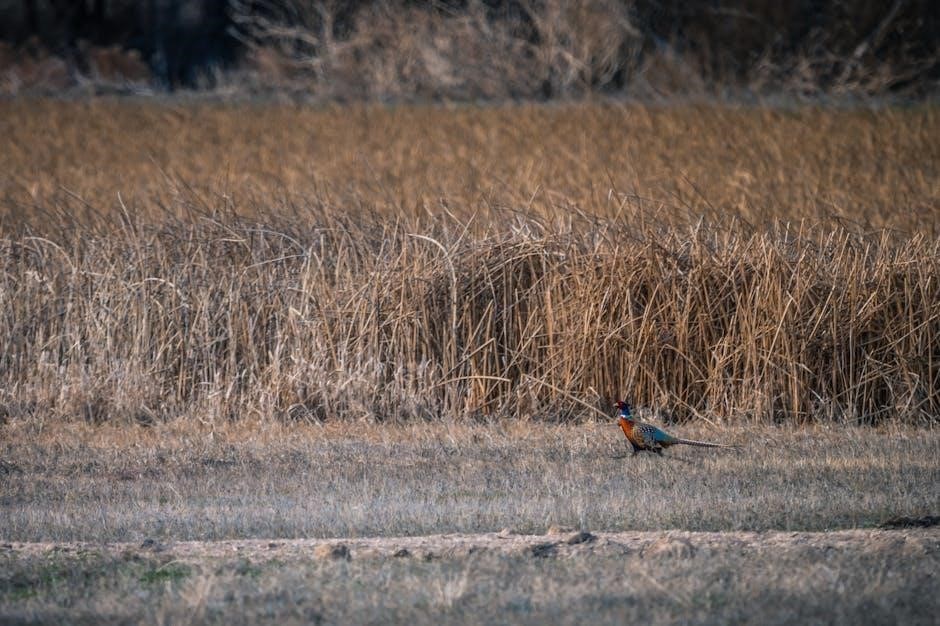
Downloading Free PDF Plans
Access free bird feeder plans PDFs online, offering detailed designs, measurements, and instructions․ Popular websites like Construct101 provide easy downloads to start your DIY project immediately․
Where to Find Reliable Sources
Reputable websites like Construct101 and 4-H offer free bird feeder plans in PDF format․ These sources provide detailed designs, measurements, and step-by-step instructions․ Look for platforms that include illustrations and material lists to ensure clarity․ Avoid unreliable sources by checking for user reviews and ratings․ Trusted websites often cater to various skill levels, making DIY projects accessible for everyone․ Always verify the credibility of the source to ensure the plans are accurate and safe to use․ Reliable sources are essential for a successful bird feeder building experience․
What to Look for in a Plan
A good bird feeder plan should include detailed instructions, a materials list, and precise measurements․ Look for clear diagrams or illustrations to guide assembly․ Ensure the plan suits your skill level and offers customization options․ Check for step-by-step instructions and ensure all parts are labeled․ A reliable plan will also provide tips for finishing touches and maintenance․ Avoid plans with unclear or missing details, as they may lead to confusion․ A well-organized plan with easy-to-follow instructions ensures a successful DIY project․
How to Download and Print Plans
Visit reputable websites offering free PDF bird feeder plans․ Locate the download link, usually at the bottom of the page․ Click to download the file, ensuring it’s in PDF format․ Open the file using a PDF reader and check for clarity․ Adjust printer settings to match the document size, typically letter or A4․ Print on standard paper and review before cutting materials․ Ensure all pages are printed clearly to avoid missing details․ Save the file for future use and easy access․
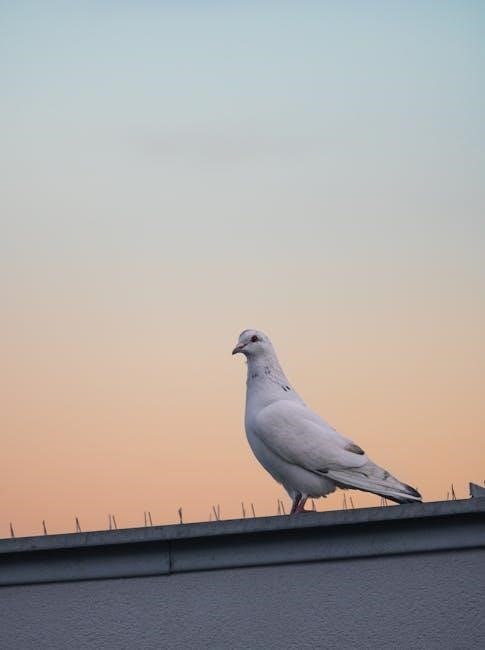
Step-by-Step Building Guide
Start by preparing materials as listed in your PDF plans․ Follow step-by-step instructions for assembling the feeder, ensuring all pieces fit securely․ Apply finishes like paint or sealant, then install․
Preparing the Materials
Begin by gathering all materials listed in your PDF plan, such as lumber, screws, and hinges․ Cut wood pieces to specified measurements using a saw․ Sand edges for smoothness and safety․ Organize hardware like nails and brackets․ Ensure tools like drills and hammers are ready․ Double-check the material list to avoid missing items․ If using recycled materials, clean and prepare them beforehand․ Verify all parts align with the plan before proceeding․ Proper preparation ensures a seamless assembly process and a sturdy final product for the birds to enjoy․
Assembling the Feeder
Follow the PDF plan instructions to assemble the feeder․ Use a drill to create pilot holes and screwdriver to attach the base, sides, and roof․ Secure the feeding tray and perches tightly․ Ensure proper alignment to prevent leaks․ Attach the hanger or mounting bracket as specified․ Double-check all joints and hardware for stability․ If using a hopper design, make sure the seed flow mechanism works smoothly․ Allow the feeder to dry if painting or staining․ Once complete, your DIY bird feeder is ready for installation and birdwatching enjoyment․
Finishing Touches
Add a personal touch by painting or staining the feeder with non-toxic materials․ Apply a waterproof sealant to protect the wood and extend durability․ Consider adding a roof or tray for easier cleaning․ Attach any optional features like perches or drainage systems․ Allow the finish to dry completely before use․ For a unique look, engrave or decorate the feeder․ Ensure all edges are smooth to avoid harming the birds․ Finally, inspect the feeder for any gaps or imperfections and seal them for a polished finish․
Maintenance and Tips
Regularly clean and refill your bird feeder to ensure bird health․ Use high-quality seeds suitable for the bird species you want to attract․ Proper placement enhances visibility and safety․
Cleaning and Upkeep
Regular cleaning is essential to prevent mold and bacteria growth in bird feeders․ Soak the feeder in a water and vinegar solution, then scrub thoroughly with a brush․ Rinse well and allow to dry completely before refilling․ This prevents seed spoilage and keeps birds healthy․ Clean feeders every 1-2 weeks, depending on usage․ Always wear gloves when handling to avoid transferring oils from skin to the feeder․ Proper upkeep ensures your bird feeder remains functional and continues to attract birds year-round․
Refilling and Seed Types
Choosing the right seed is crucial for attracting various bird species․ Use high-quality seed mixes to cater to different preferences․ Black oil sunflower seeds are popular for their nutritional value and appeal to many birds․ Safflower seeds deter squirrels, while nyjer seeds attract finches․ Refill feeders regularly to maintain bird visits․ Ensure the seed remains dry by using a feeder with a roof or waterproof design․ Store leftover seed in a cool, dry place to preserve freshness․ Consider seasonal seed variations to meet changing bird needs throughout the year․
Mounting and Placement
Proper mounting and placement of your bird feeder are essential for optimal performance․ Install feeders near windows for easy viewing but ensure they are at least 3 feet away from structures to deter predators; Position feeders in an area with partial shade to protect seed from direct sunlight․ Use sturdy posts or hooks to mount feeders securely, ensuring stability in windy conditions․ Place feeders at a height that discourages pests like raccoons and squirrels while allowing birds easy access․ Consider the surrounding vegetation to attract a variety of bird species and enhance their safety․
Unique and Creative Ideas
Explore innovative bird feeder designs using recycled materials, custom shapes, and themed styles․ Add personal touches like paint or decorations to create one-of-a-kind feeders that attract diverse bird species․
Recycled Material Bird Feeders
Create eco-friendly bird feeders using recycled materials like plastic bottles, cardboard tubes, or old pallets․ These DIY projects are cost-effective and environmentally conscious․ Transform a plastic bottle into a hanging feeder by cutting holes for seed access and attaching a rope․ Similarly, wooden pallets can be repurposed into platform feeders with minimal tools․ Add a personal touch by decorating with paint or natural elements․ These feeders are not only functional but also promote sustainability․ They’re perfect for beginners and make great family projects to encourage creativity and birdwatching․
Custom Designs and Add-Ons
Elevate your bird feeder project with custom designs and add-ons to suit your style and attract specific bird species․ Add a personal touch with paint or stencils for a unique look․ Incorporate features like roofs, trays, or predator guards for functionality․ Consider adding adjustable perches or compartments for different seed types․ Enhance durability with weather-resistant finishes or recycled materials․ Custom designs allow you to tailor your feeder to your backyard’s aesthetic while providing birds with a welcoming space․ These creative additions make your DIY project stand out and improve its performance․
Seasonal and Themed Feeders
Add a festive touch to your backyard with seasonal and themed bird feeders․ Create holiday-themed designs, such as Christmas-themed feeders with red and green accents or spring-inspired feeders with floral patterns․ Use materials like pinecones, ribbons, or natural elements to match the season․ Themed feeders, such as log cabins or miniature houses, add charm and attract specific bird species․ Seasonal designs can also incorporate plants or seeds native to certain times of the year, making them functional and visually appealing․ These creative ideas allow you to celebrate the changing seasons while supporting wildlife․
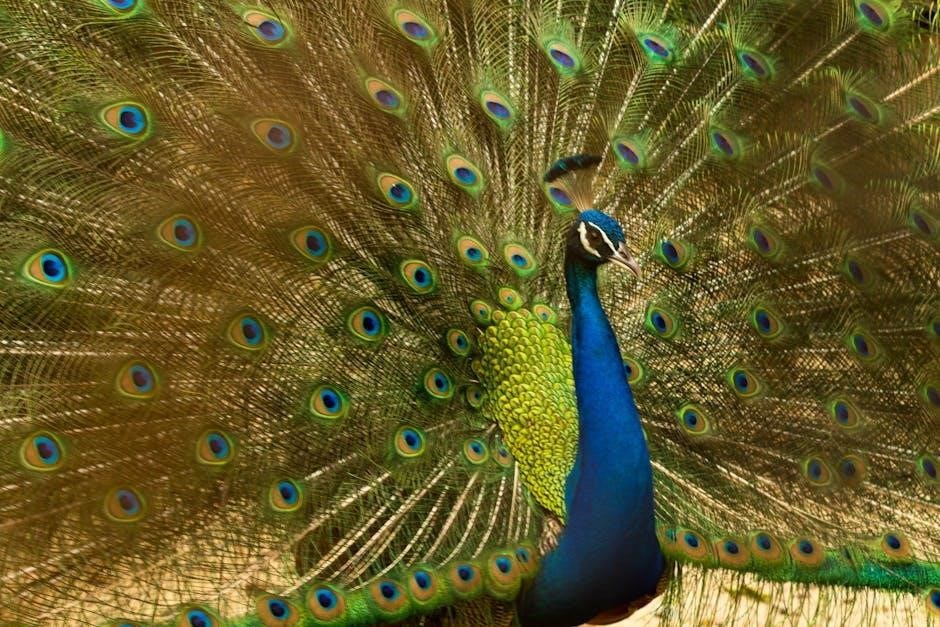
Safety Considerations
Ensure your bird feeder is safe for birds and durable against weather․ Use predator-proof designs and secure mounting to protect birds․ Regular cleaning prevents mold growth․
Predator Protection
Protecting birds from predators is crucial when building feeders․ Use weight-activated perches or cage enclosures to prevent squirrels and raccoons from accessing the seed․ Mount feeders at least 10 feet off the ground and away from structures predators can climb․ Consider using squirrel-proof designs or baffles to deter unwanted visitors․ Select seed types that appeal less to pests․ Ensure feeder designs allow birds to feed safely while keeping predators out․ Regular cleaning and secure mounting also help maintain a safe environment for birds to enjoy․
WeatherDurability
Ensure your bird feeder withstands outdoor conditions by using durable materials like cedar or recycled plastic․ Apply a water-resistant finish to protect against rain and snow․ Design the feeder with a sloped roof to shed water and proper drainage holes to prevent seed spoilage․ Securely attach the feeder to a sturdy post or hang it from a reliable hook․ Regularly inspect and maintain the feeder to address any weather-related damage․ Choose designs with UV-resistant components to avoid fading from sunlight․ Ensure all edges are smooth to prevent water seepage and keep the feeder functional year-round․
Child-Friendly Designs
Design bird feeders with child-friendly features to encourage kids to engage with nature safely․ Use non-toxic, durable materials and smooth edges to prevent injuries․ Incorporate easy-fill openings and clear viewing panels for kids to observe birds․ Add educational elements, like labeled parts, to teach children about wildlife․ Simple assembly and lightweight designs make it easy for kids to help build and maintain the feeder․ Consider paintable or customizable options to involve children in the creative process, fostering a sense of ownership and curiosity about birds and conservation․
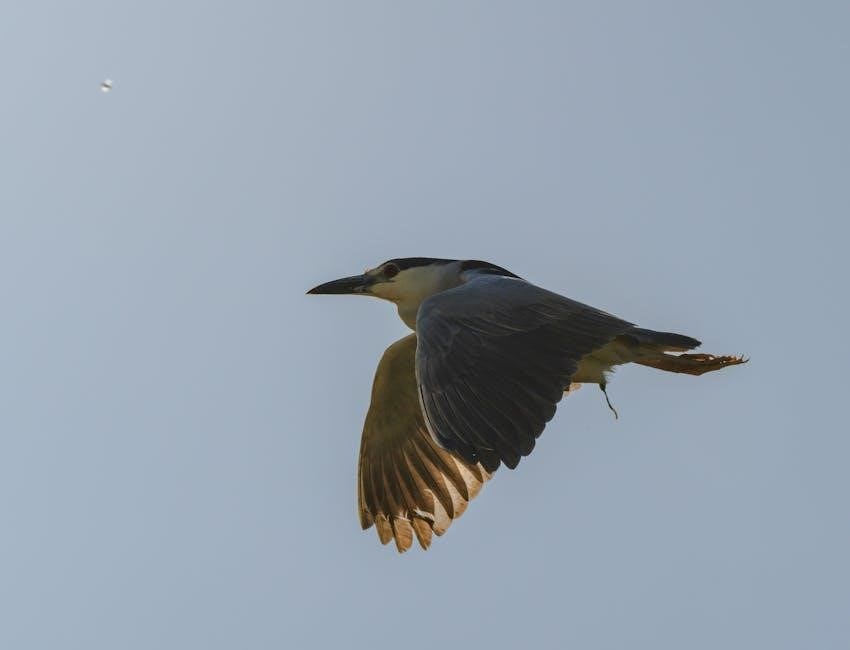
Troubleshooting Common Issues
Identify and resolve common bird feeder issues like leaks, pest infestations, or durability problems with practical solutions and maintenance tips to ensure long-lasting performance and bird safety․
Leaky Feeder Solutions
Leaks in bird feeders can be fixed by identifying and sealing gaps․ Use waterproof adhesive or silicone sealant on joints․ Replace worn gaskets or perches․ Regularly inspect for damage and clean thoroughly․ Apply weatherproof coatings to protect against moisture․ Ensure all parts fit snugly during assembly․ Avoid overfilling to prevent seed spillage․ For DIY feeders, check plans for proper drainage designs․ Addressing leaks promptly ensures feed remains dry and birds stay healthy․ Regular maintenance can extend the feeder’s lifespan and performance․
Pest Control Measures
To deter pests like squirrels and raccoons, use squirrel-proof bird feeder designs or weight-activated perches․ Install cage enclosures to allow small birds in while keeping larger pests out․ Trim nearby branches to reduce jumping access․ Apply predator-deterrent coatings or use spicy seed mixes unappealing to pests․ Regularly clean up spilled seed to avoid attracting unwanted visitors․ Consider motion-activated sprinklers or ultrasonic repellents for additional protection․ These strategies help safeguard your feeder and ensure birds enjoy a safe, pest-free feeding environment․
Repairing Damaged Parts
Inspect your bird feeder regularly for damage, such as cracked wood or loose parts․ For minor repairs, use waterproof glue or sealants to fix cracks and secure joints․ Replace any rotten or warped wood to prevent further deterioration․ Clean the feeder thoroughly before making repairs to ensure proper adhesion․ For metal components, tighten screws or replace rusted parts․ If pests have caused damage, reinforce the feeder with predator-proof materials․ Always use weather-resistant materials to extend the feeder’s lifespan․ Regular maintenance and timely repairs will keep your bird feeder functional and safe for wildlife․
Building a bird feeder is a rewarding project that brings joy and wildlife to your yard․ With free plans, everyone can create a haven for birds․
Final Thoughts
With countless free bird feeder plans available, crafting your own feeder is simpler than ever․ These plans offer detailed guides, material lists, and customizable designs to suit every skill level․ Whether you prefer simple platforms or intricate hopper feeders, there’s a plan for you․ Many designs emphasize sustainability, using recycled materials like plastic bottles or fence boards․ This eco-friendly approach not only attracts birds but also promotes creativity․ By following these plans, you can create a functional and visually appealing feeder that enhances your backyard while supporting local wildlife․ Start building today and enjoy the rewarding experience of DIY bird feeding!
Encouragement to Start Building
Don’t wait—start your DIY bird feeder project today! With free PDF plans, you’ll find step-by-step guides that make building easy and fun, regardless of your skill level․ Whether you’re a seasoned woodworker or a beginner, these plans offer clear instructions and material lists to ensure success․ Customize your feeder to match your backyard style or use recycled materials for an eco-friendly touch․ Building a bird feeder is a rewarding project that brings joy and nature closer to your home․ Gather your tools and get started—you’ll be enjoying visits from feathered friends in no time!
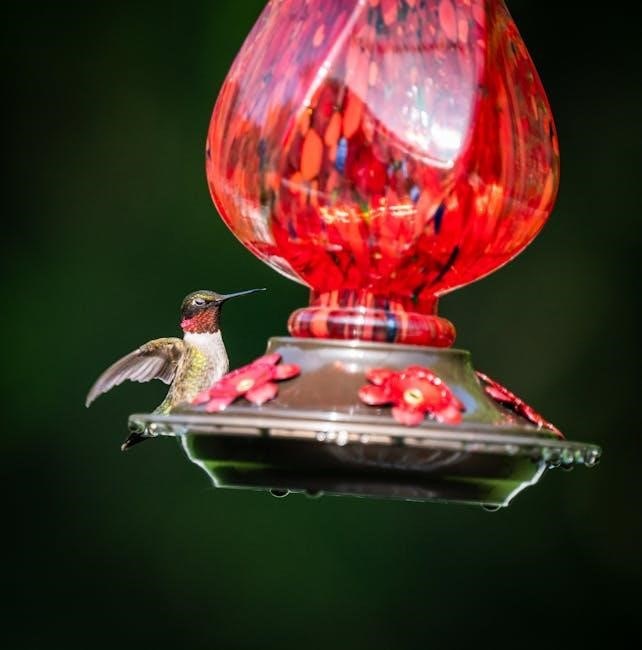
Additional Resources
Explore websites, tutorials, and forums for more bird feeder plans․ Websites like Construct101 offer detailed guides, while forums provide expert advice and support․
Recommended Websites
Visit Construct101 for detailed bird feeder plans with free PDF downloads, drawings, and material lists․ MyOutdoorPlans offers step-by-step guides and blueprints․ The Spruce Crafts provides creative DIY ideas and tutorials․ These websites are excellent resources for beginners and experienced builders alike, offering a variety of designs to suit every skill level and bird species․ Explore these platforms to find the perfect plan for your next project and enjoy building a bird feeder that attracts wildlife to your backyard․
Books and Tutorials
For in-depth guidance, check out books like “The Complete Guide to Bird Feeders” and “DIY Woodworking Projects”․ These resources offer detailed tutorials and plans for building bird feeders․ Many books include step-by-step instructions, photos, and material lists; Additionally, websites like Construct101 provide free PDF tutorials and videos․ These resources cater to all skill levels, ensuring you can create a feeder that attracts birds to your backyard․ They are perfect for those who prefer hands-on learning and comprehensive guides․
Community and Forums
Join online communities like Reddit and specialized forums to connect with DIY enthusiasts․ These platforms offer valuable discussions, troubleshooting tips, and shared experiences․ Many members provide feedback on free PDF plans, helping you avoid common mistakes․ Forum users often share photos of their finished projects, inspiring creativity and innovation․ Some communities also host giveaways or collaborations, fostering a supportive environment for bird feeder builders․ Engaging with these groups can enhance your DIY journey and help you stay updated on the latest trends in bird feeder construction․
